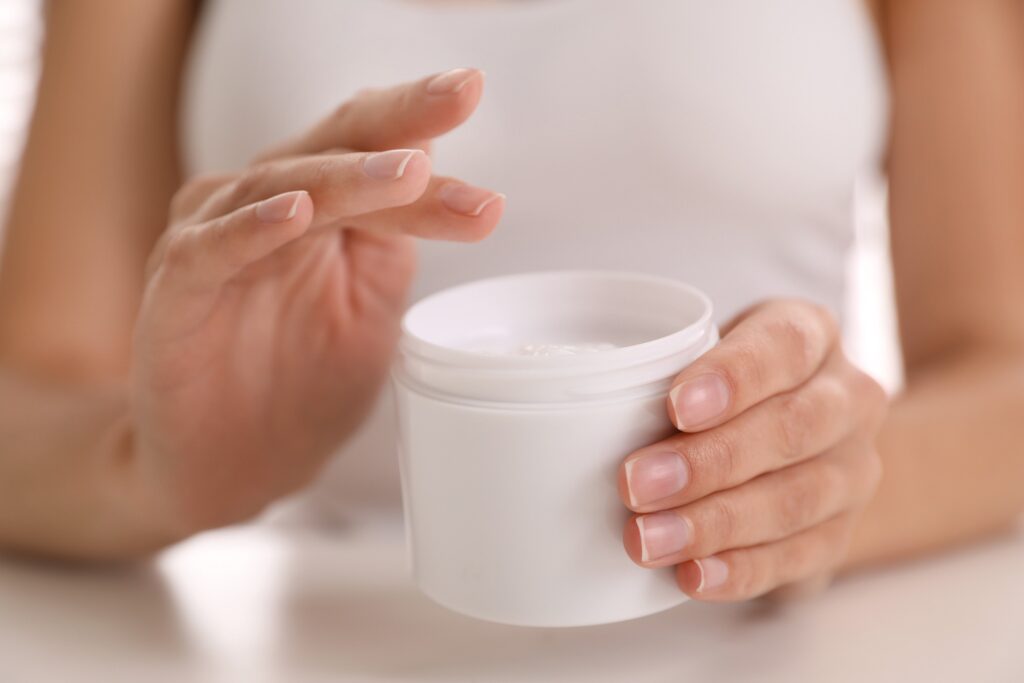Emollient Safety

Emollients are a vital and effective treatment for preventing and managing skin conditions.
However they can leave dried residue on fabrics and clothing, which is highly flammable.
How to keep you and your family safe when using Emollients
Cooking
- Cooking with products with no flame and less or no direct heat will reduce the risk
- Consider using a microwave, air fryer or induction hob.
- Depending on your lifestyle and needs, consider eating meals that have been prepared and can be easily reheated in a microwave or meals that do not need cooking.
Candles
- Keep fabrics contaminated with emollients away from naked flames.
- Be careful when lighting candles so you do not drop a match or lighter onto clothing or furnishings,
- Ensure you clothes don’t have emollient on them or ask someone else to light them.
- Consider using LED candles as a safer alternative.
Keeping warm and washing contaminated fabrics
- Don’t sit too close to open fires, electric bar, gas or halogen heaters. Make sure you sit at least 1 metre away.
- Furniture with fabric covers and soft furnishings may also have emollient residue, so ensure they are away from the heat source. You can also consider using washable throws over fabric furnishings to reduce the contamination of these.
- Regularly wash any throws at the highest temperature on the care instructions to try and remove any residue.
- Do not dry these fabrics on or in front of heaters. If you are using a tumble dryer, use a cooler temperature setting and ensure it runs the full cycle including the cool down cycle.
- Allow items to cool fully before folding away.
Smoking
- If you smoke and regularly use emollients, you can reduce your risk by quitting. You can find information and advice on quitting on the NHS Smoke Free website.
- Nicotine replacement products remove the use of a naked flame when lighting a cigarette.
- Wear uncontaminated clothes or use a smoking apron whilst smoking.
- Don’t smoke in bed, we never advise this due to the risk of falling asleep when smoking.
For emollient users this is a greater risk because bed sheets and night clothes can be contaminated. - All fabrics which may have emollient residue, we advise these items are washed regularly at the highest temperature on the care instructions. This will not completely remove the risk but can reduce it.
- Depending on the person’s needs, supervised smoking can also help to reduce the risk.
Want to find out more? Relevant Publications
Documents
Know the risks with Emollient Creams